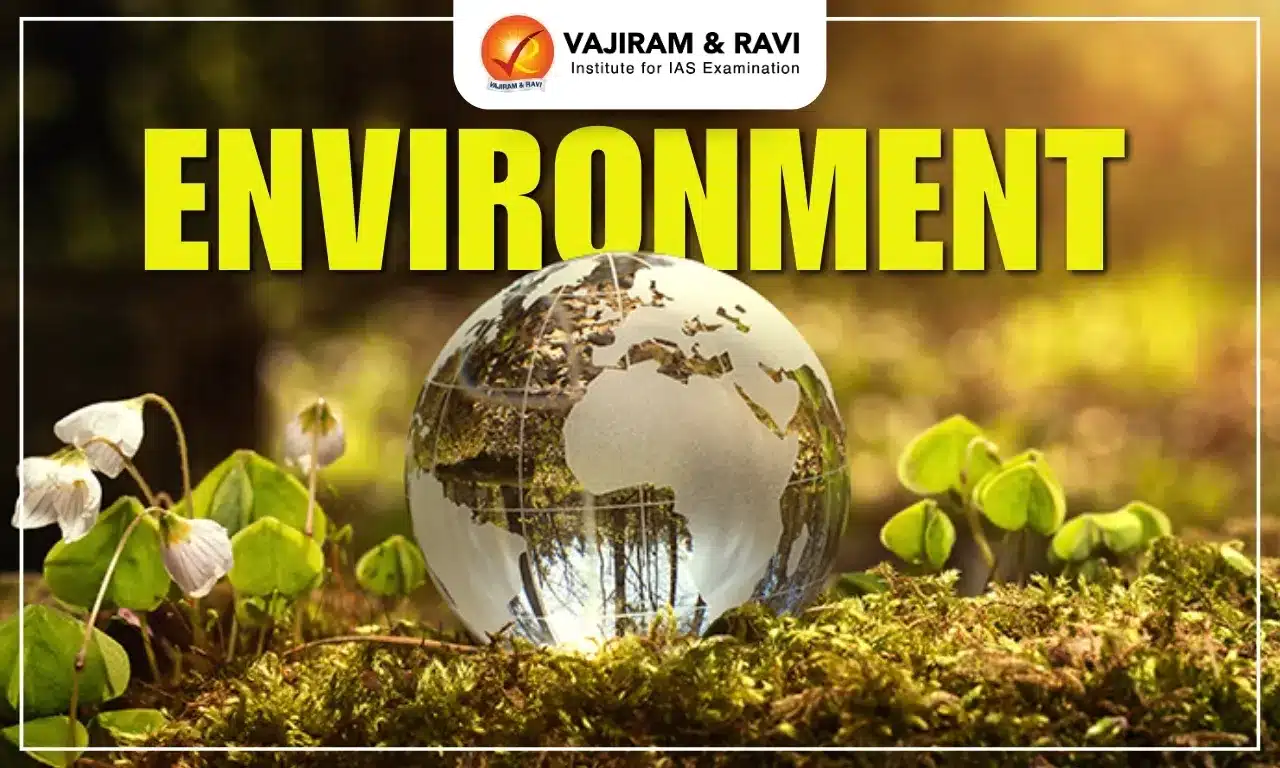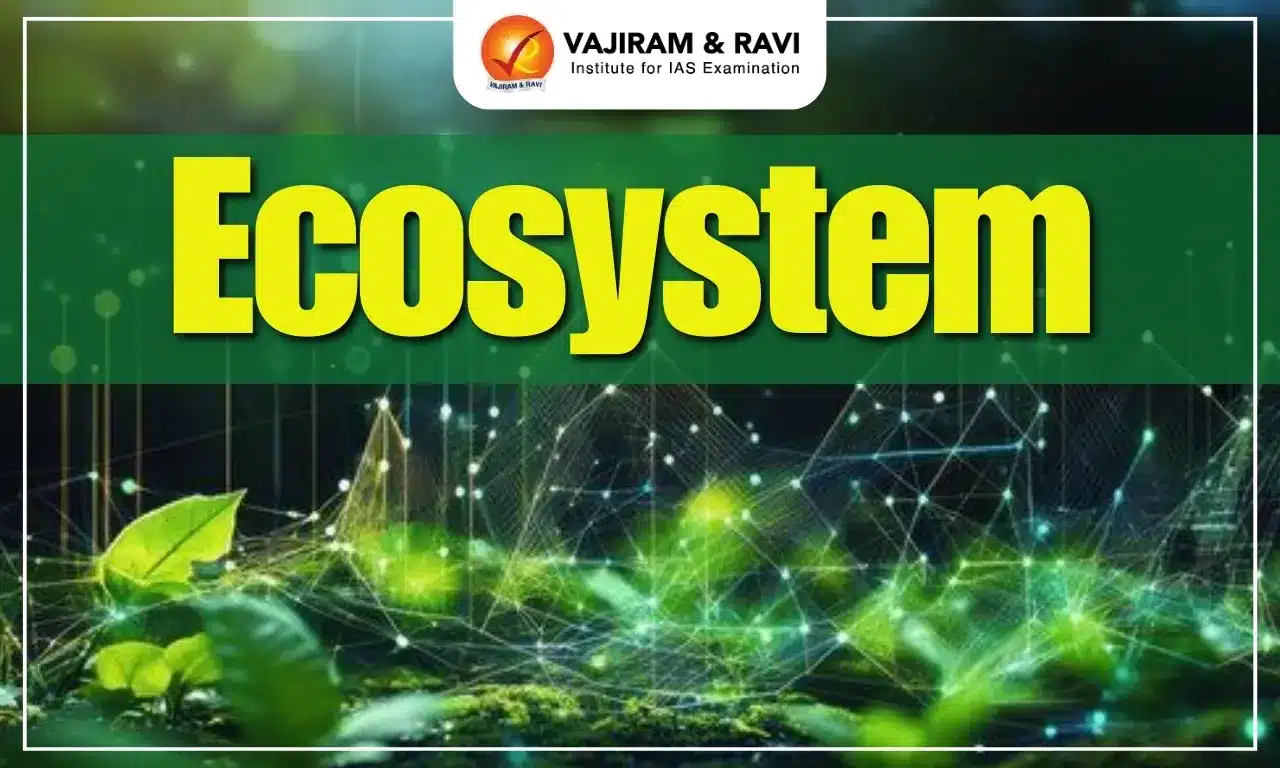What is the genesis of India’s Foreign Policy?
India’s early foreign policy was largely shaped by the Britishers and its founding leaders, especially Jawaharlal Nehru.
Pre-Independence and Indian National Congress (INC)
Before independence, India's foreign policy was largely determined by the British government. A few of its major features were:
- Supporting Britishers Interest: India's foreign policy was focused on maintaining good relations with other British colonies and supporting the interests of the British Empire.
- Limited Diplomatic Engagement: India had limited diplomatic relations with other countries, as these were largely conducted through the British government.
In the early 20th century, India's foreign policy began to shift as the country's independence movement gained momentum.
- Role of INC: INC worked to raise awareness about the plight of India and other colonized countries and to mobilize international support for the independence movement.
- Promotion of India’s Interests: Leaders of the independence movement sought to promote India's interests on the global stage and improve the country's relations with other nations.
How has India’s foreign policy evolved over the years?
Nehruvian era
Jawaharlal Nehru, India's first Prime Minister, served from 1947 to 1964. During this time, India's foreign policy was shaped by his vision of a non-aligned, independent, and democratic nation.
- Independence and partition: After independence, India was partitioned into two countries: India and Pakistan. This led to a mass migration of Hindus and Muslims across the border and resulted in communal violence and tensions between the two countries.
- The Panchsheel (Five Principles): It was a set of principles for guiding relations between nations, particularly in the context of decolonization and the Cold War. The principles were:
- Mutual respect for sovereignty and territorial integrity.
- Mutual non-aggression.
- Mutual non-interference in domestic affairs.
- Equality and mutual benefit.
- Peaceful coexistence.
- United Nations Membership: India became a founding member of the United Nations in 1945 and played a key role in the organization, particularly in the areas of decolonization and disarmament.
- Non-Aligned Movement (NAM): Nehru was also a key figure in establishing the NAM, which sought to promote cooperation and friendship among countries that were not aligned with any major power bloc.
- The Sino-Indian War: In 1962, India and China fought a brief border war over disputed territory in the Himalayas. The conflict shifted India’s focus on military modernization and the strengthening of strategic alliances.
- India's relations with the Soviet Union: During Nehru's time, India developed close political and economic ties with the Soviet Union, which became one of its main sources of foreign aid and military assistance.
Shastri’s era
Lal Bahadur Shastri was the Prime Minister of India from 1964 to 1966.
- The Indo-Pakistan War of 1965: This conflict arose from long-standing tensions between India and Pakistan over the disputed region of Kashmir.
- The Tashkent Declaration: In the aftermath of the War of 1965, the two leaders met in Tashkent, USSR (now Tashkent, Uzbekistan) and signed the Tashkent Declaration, which called for an end to hostilities and the restoration of diplomatic relations between the two countries.
- India-Soviet Union relations: The Soviet Union was a key source of foreign aid and military assistance for India during this time.
- Public Law 480 (PL 480) program: Under the PL 480 program, the USA provided food aid to countries on a concessional basis. India received food aid from the United States under the PL 480 program in the 1960s.
Indira Gandhi’s era
Indira Gandhi was the Prime Minister of India from 1966 to 1977 and again from 1980 to 1984.
- The Indo-Pakistan War of 1971: This conflict arose from tensions between India and Pakistan over the disputed region of East Pakistan. India intervened on the side of Bengali separatists, and the war resulted in the creation of Bangladesh. The war had a major impact on the balance of power in South Asia and solidified India's status as a regional power.
- Indo–Soviet Treaty of Peace, Friendship and Cooperation (1971-1991): It was a treaty of friendship and cooperation between India and the Soviet Union. It was signed in the amidst of the Indo-Pakistan War of 1971.
- The treaty reaffirmed the close political and economic ties between the two countries. It included provisions for mutual defense and assistance in case of an external threat to either country.
- India's nuclear test, 1974: India conducted nuclear tests known as "Smiling Buddha," which made India the sixth country in the world to develop nuclear weapons and sparked international concern about the proliferation of nuclear weapons in South Asia.
- SAARC (South Asian Association for Regional Cooperation): She also played a key role in the establishment of the SAARC in 1985, which sought to promote cooperation among the countries of South Asia.
Rajiv Gandhi’s era
Rajiv Gandhi was the Prime Minister of India from 1984 to 1989.
- India-Soviet Union relations: The Soviet Union remained a key ally for India during this time and provided military and economic assistance.
- Sri Lankan civil war: In 1987, India intervened militarily in the conflict at the request of the Sri Lankan government and later facilitated the signing of the Indo-Sri Lanka Peace Accord in 1989, which brought an end to the civil war.
- The 1985 Air India bombing: This terrorist attack perpetrated by Sikh separatists marked a major escalation in the conflict between the Indian government and Sikh separatists in the state of Punjab.
- India's economic liberalization: Rajiv Gandhi implemented economic reforms that liberalized India's economy and opened it up to greater foreign investment.
During the 1990s
During the 1990s, India's foreign policy was characterized by a focus on economic liberalization and strengthening relationships with the United States and other Western countries.
- LPG (Liberalization Privatization and Globalization) reforms: The main changes that resulted from the LPG reforms were increased emphasis on economic diplomacy. It resulted in opening up to foreign investment and trade, the government also focused on strengthening economic ties with other countries through trade agreements, investment deals, and other initiatives.
- Gujral Doctrine: It was a set of five principles to guide the conduct of foreign relations with India’s immediate neighbors in South Asia.
- Non-reciprocity with neighbours.
- Territory should not be used against the interest of another country.
- Non-interference in internal affairs.
- Respect each other’s territorial integrity and sovereignty.
- Settle all disputes through peaceful bilateral negotiations.
- Look East Policy: In 1991, India launched its "Look East" policy, which aimed to strengthen economic and political ties with countries in Southeast Asia.
- Nuclear Tests of 1998: India conducted a series of nuclear tests, which led to international sanctions and strained relations with the United States and other countries.
- WTO Participation: Another important event was India's participation in the World Trade Organization (WTO), which it joined in 1995. This allowed India to liberalize its economy and increase its trade with other countries.
NDA-I (1998-2004)
The NDA-1, led by Prime Minister Atal Bihari Vajpayee, was in power from 1998 to 2004.
- The Pokhran-II nuclear tests in 1998: It led to international sanctions against India but also solidified India's status as a nuclear power.
- Kargil War 1999: India and Pakistan engaged in a military conflict in the Kargil region of Jammu and Kashmir. The conflict ended with a ceasefire and the withdrawal of Pakistani forces from Indian territory.
- India-US Relations: The visit of President Bill Clinton to India in 2000 marked a significant improvement in relations between the two countries.
UPA-I and II (2004-2014)
The UPA government, led by Prime Minister Manmohan Singh, was in power from 2004 to 2014.
- Indo-US 123 Agreement: India and the USA signed a nuclear deal in 2008, which ended India's nuclear isolation and paved the way for cooperation with the US in the civil nuclear sector.
- India-China Relations: The increased engagement with China, including the establishment of a strategic and cooperative partnership in 2005 and the signing of a border defense cooperation agreement in 2013.
- Land Border Agreement with Bangladesh: The resolution of the long-standing boundary dispute with Bangladesh in 2014 involved the exchange of 162 enclaves between the two countries.
- Look East Policy: The Government pursued a "Look East" policy, which focused on strengthening ties with countries in Southeast Asia and the Asia-Pacific region.
- The India-ASEAN Free Trade Agreement: In 2010, India signed a free trade agreement with the Association of Southeast Asian Nations (ASEAN), which aimed to boost trade and investment between the two regions.
- UN Security Council Reforms: The government made a strong push for India to be given a permanent seat on the UN Security Council as part of its efforts to increase India's global influence.
NDA-II (2014-Present)
India's foreign policy under the National Democratic Alliance (NDA) government, led by Prime Minister Narendra Modi, has been marked by a focus on deepening ties with countries in the Indo-Pacific region, as well as efforts to strengthen relations with traditional partners such as the United States and Russia.
- Neighbourhood First Policy: The government's "Neighborhood First" policy aims to strengthen relations with countries in South Asia and the Indian Ocean region.
- Act East Policy: It aims to enhance economic and strategic ties with countries in the Indo-Pacific region, including through increased trade and investment, cultural exchanges, and infrastructure development.
- SCO (Shanghai Cooperation Organisation) Membership: India and Pakistan were admitted as full members to the SCO, a regional security organization comprising China, Russia, Kazakhstan, Kyrgyzstan, Tajikistan, and Uzbekistan.
- The India-US Strategic Partnership: It has progressed in recent years and includes cooperation on various issues, including defense, counterterrorism, trade, and energy.
- Sustainable development commitments: India's participation in the Paris Climate Agreement and its commitment to reducing greenhouse gas emissions and increasing the use of renewable energy has been a significant step in India’s foreign relations.
Last updated on November, 2025
→ Check out the latest UPSC Syllabus 2026 here.
→ Join Vajiram & Ravi’s Interview Guidance Programme for expert help to crack your final UPSC stage.
→ UPSC Mains Result 2025 is now out.
→ UPSC Notification 2026 is scheduled to be released on January 14, 2026.
→ UPSC Calendar 2026 is released on 15th May, 2025.
→ The UPSC Vacancy 2025 were released 1129, out of which 979 were for UPSC CSE and remaining 150 are for UPSC IFoS.
→ UPSC Prelims 2026 will be conducted on 24th May, 2026 & UPSC Mains 2026 will be conducted on 21st August 2026.
→ The UPSC Selection Process is of 3 stages-Prelims, Mains and Interview.
→ UPSC Result 2024 is released with latest UPSC Marksheet 2024. Check Now!
→ UPSC Prelims Result 2025 is out now for the CSE held on 25 May 2025.
→ UPSC Toppers List 2024 is released now. Shakti Dubey is UPSC AIR 1 2024 Topper.
→ UPSC Prelims Question Paper 2025 and Unofficial Prelims Answer Key 2025 are available now.
→ UPSC Mains Question Paper 2025 is out for Essay, GS 1, 2, 3 & GS 4.
→ UPSC Mains Indian Language Question Paper 2025 is now out.
→ UPSC Mains Optional Question Paper 2025 is now out.
→ Also check Best IAS Coaching in Delhi
Evolution of India’s Foreign Policy FAQs
Q1. What are the determinants of India’s foreign policy?+
Q2. What is Non-Aligned Movement (NAM)?+
Tags: india’s foreign policy quest

















